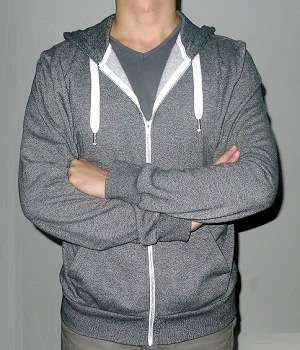
The ardent lines and consumer interest that once bombarded the Abercrombie and Fitch location in New York are now as antediluvian as the concept of the flip phone. (MarketWatch)
by: Tyler Chiu
09/30/15
Once upon a time, the adorning of a shirt from Abercrombie and Fitch would immediately designate you the colloquial words “cool,” “cliquey,” and “hipster.” Half a decade later, Abercrombie and Fitch is among a plethora of American-based retailers that are struggling to stay afloat in an industry where extraordinarily low clothing prices and the emergence of the e-commerce marketplace have swayed consumer behavior into a different direction. American Apparel, once endorsed by the A-List celebrity Justin Bieber, is in a state of legal and financial debacle. At 11 cents a share, the company faces the ignominious threat of being de-listed from the NYSE. (It reached a high of $15 in 2007.)
Although many of the retailers that are at the brink of extinction attribute their respective problems to executive failures and faux pas, (Dov Charney – American Apparel, Michael Jeffries – A&F) the true failure of the firm can be accredited to their collective inability to recognize and adapt to the capricious and mercurial tastes of the typical American teenager. This supposition ties into Gunther McGraths’ idea of transient advantage. The American clothing retailers’ competitive advantage, brand novelty and ability to cater to consumer tastes’, disappeared overtime as the reduction of barriers of entry and the proliferation of globalization allowed brands such as Uniqlo, Topman, Zara, Forever 21 and H&M to penetrate and dominate the market. Most importantly, the American clothing retailers never developed the inscrutable consumer relationships that kept customers loyal, which would have served as a natural barrier of competition.




